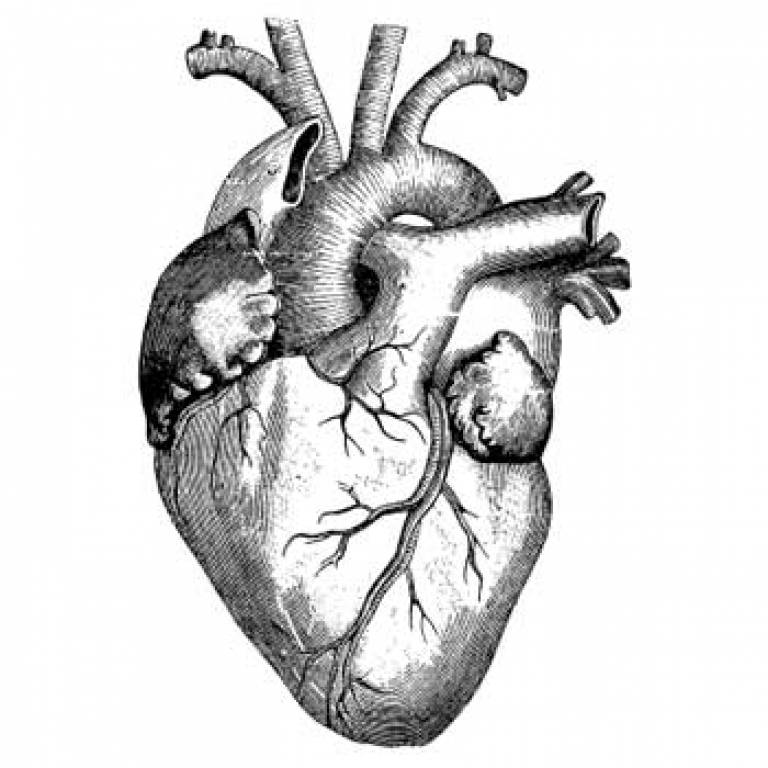Will rising BMIs reverse heart attack decline?
9 June 2011
Better control of cholesterol levels and blood pressure and a decline in smoking have contributed to a 74% drop in the risk of heart attack among nearly 10,000 civil servants working in London over a 20-year period, according to new research from the UCL-led Whitehall II study.

However, the researchers, led by Sarah Hardoon (UCL Primary Care & Population Health) and Dr Eric Brunner (UCL Epidemiology & Public Health), stress that this reduction would have been even greater were it not for the fact that more people became fatter during this time, and this rise in body mass index (BMI) accounted for an estimated 11% increased risk of heart attack over the same period.
Commenting on the research, Dr Brunner said: "Our study confirms the great success there has been in beating heart disease in England over the past 20 years. The blot on the landscape is the epidemic of overweight and obesity, which stands in the way of a continued decline in the heart attack rate. A quarter of English adults are obese. Two thirds of men and well over half of women are overweight or obese. The public health community and NHS have done well, but now we need to find effective ways to reverse the obesity trend."
The paper, published online today in the European Heart Journal, reports that among 9453 people taking part in the study there was a substantial reduction (74%) in the chances of a first heart attack (myocardial infarction) among both men and women between 1985 and 2004. This corresponded to an annual average decline of 6.5%.
Over half of this reduction in heart attack rates could be explained by improvements in four of the main risk factors for heart attack: declining levels of "bad" non-HDL cholesterol levels, an increase in "good" HDL cholesterol, reduced blood pressure, and a reduction in the number of people who smoked. There was also a modest but statistically insignificant contribution from increased consumption of fruit and vegetables. Together, these five risk factors accounted for 56% of the reduction in the risk of heart attack. More research is required to understand what other factors may account for the rest of the reduction in heart attacks not explained by these five risk factors.
Sarah Hardoon, the paper's first author, added: "The substantial decline in myocardial infarction over two decades to 2004, of which more than half could be attributed to favourable trends in well-known risk factors, highlights what can be achieved and emphasises the value of the measures taken to combat risky levels of cholesterol and blood pressure, and to promote healthier lifestyles. However, although these favourable trends seem to have outweighed the negative contribution of rising BMI over recent decades, continued increases in BMI may reduce further, and even reverse, the decline in the incidence of heart attacks in the future. Therefore, the rising BMI in the UK and in other countries needs urgent attention."
The researchers say that the reduction in non-HDL ("bad") cholesterol had the greatest single impact on the incidence of heart attacks, and this may reflect the increased use of cholesterol-lowering drugs such as statins, as well as healthier lifestyles. Statin use rose during the 20-year period and, by 2004, 11% of the civil servants were taking them.
UCL Context The Whitehall II study (also known as the Stress & Health Study) was set up in 1985 by Professor Sir Michael Marmot (UCL Epidemiology & Public Health) to investigate the importance of social class for health by following a cohort of working men and women.
The study seeks to answer questions about how previous and current circumstances affect health and quality of life in an ageing cohort. It is currently funded by major grants from the Medical Research Council and British Heart Foundation in the UK and the National Heart Lung and Blood Institute and National Institute on Aging in the US.
Related news
Working long hours 'raises heart attack risk'
 Close
Close

